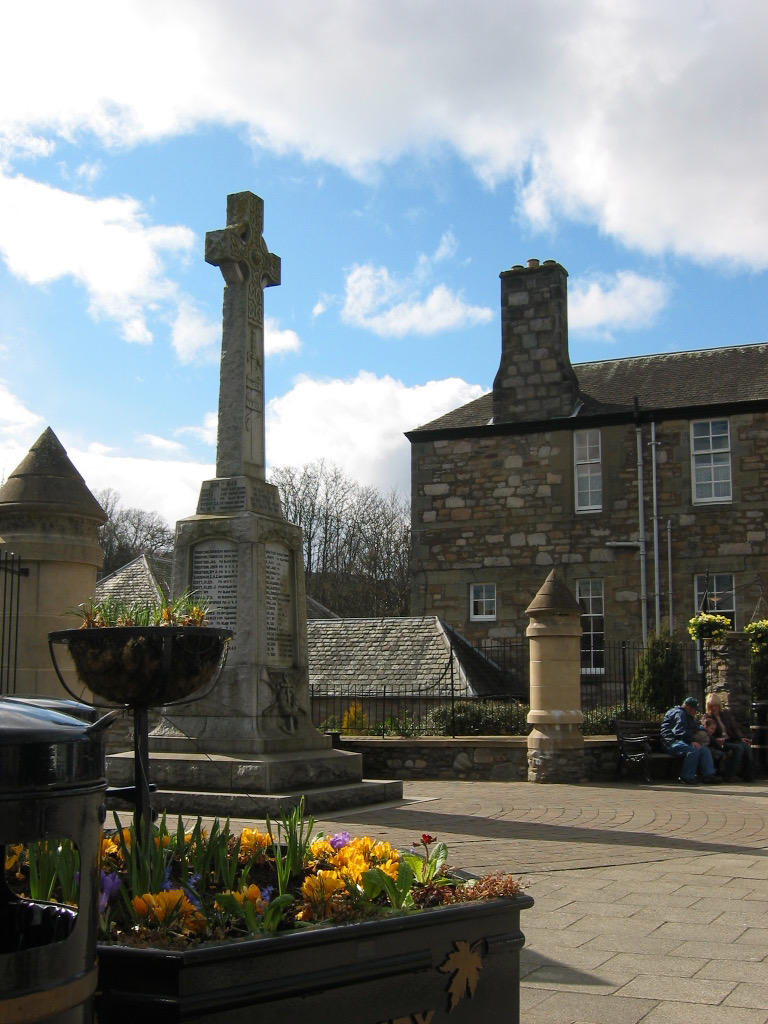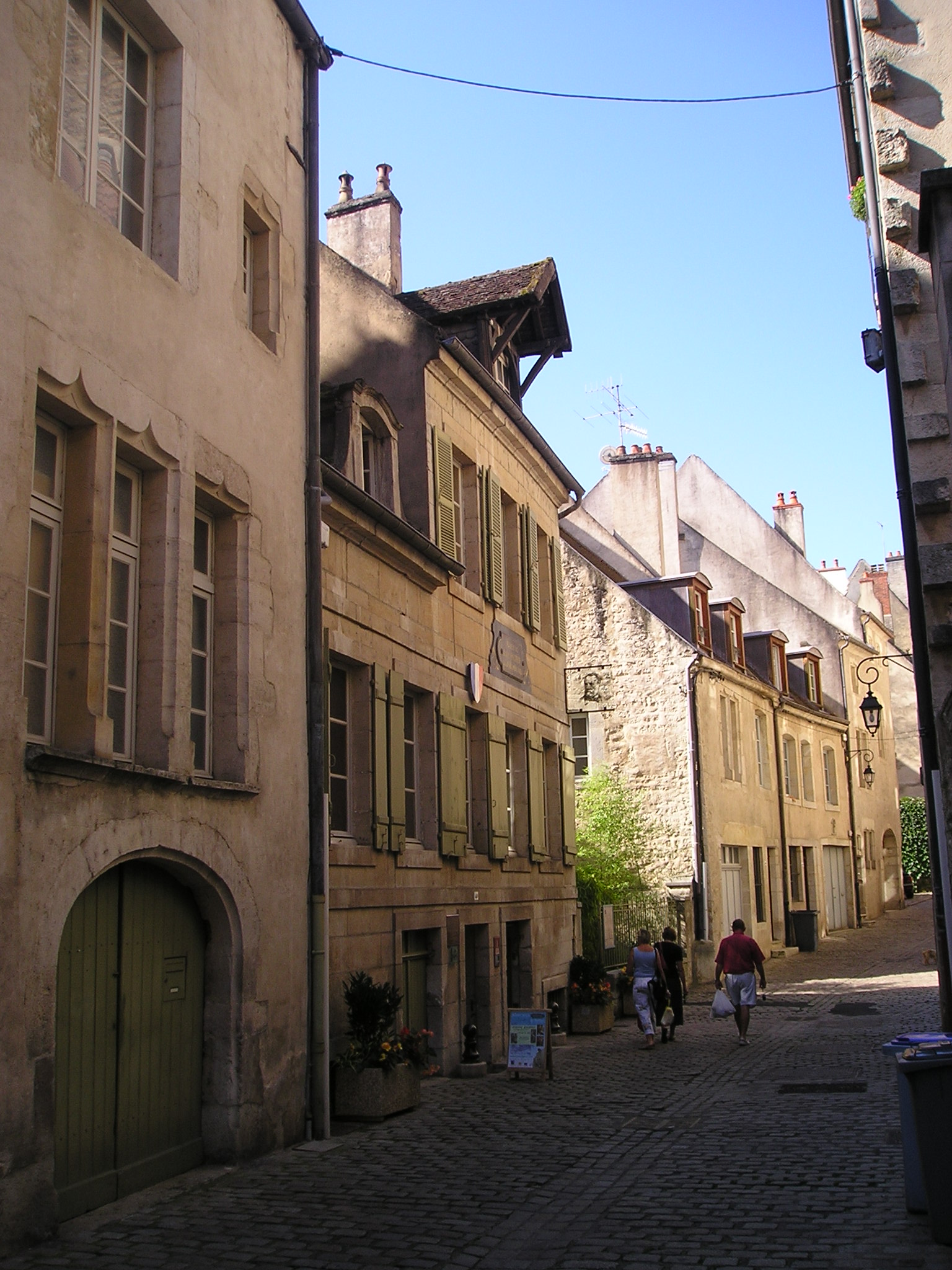|
Confolens
Confolens ( ; oc, Cofolents, ) is a commune in southwestern France. It is one of the two sub-prefectures of the Charente department. Confolens is the administrative center of a largely rural district, which has seen the development of tourism in recent years. On 1 January 2016, the former commune Saint-Germain-de-Confolens was merged into Confolens. 28 September 2015 Geography Confolens is located at the confluence of the and Goire rivers. This location is at the origin of its name. Confolens is also at the point where the |
Saint-Germain-de-Confolens
Saint-Germain-de-Confolens (, literally ''Saint-Germain of Confolens''; oc, Sent German sus Vinhana) is a former commune in the Charente department in western France. On 1 January 2016, it was merged into the commune Confolens. 28 September 2015 Population See also *Communes of the Charente department
The following is a list of the 364 communes of the Charente department of France.
The communes cooperate in the following intercommunalities (as of 2020):
[...More Info...] [...Related Items...] OR: [Wikipedia] [Google] [Baidu] |
Émile Roux
Pierre Paul Émile Roux FRS (17 December 18533 November 1933) was a French physician, bacteriologist and immunologist. Roux was one of the closest collaborators of Louis Pasteur (1822–1895), a co-founder of the Pasteur Institute, and responsible for the institute's production of the anti-diphtheria serum, the first effective therapy for this disease. Additionally, he investigated cholera, chicken-cholera, rabies, and tuberculosis. Roux is regarded as a founder of the field of immunology. Early years Roux was born in Confolens, Charente. It is believed that Roux had a fatherless childhood. He received his baccalaureate in sciences in 1871 and started his studies in 1872 at the Medical School of Clermont-Ferrand. He worked initially as a student assistant in chemistry at the Faculty of Sciences, under Émile Duclaux. From 1874 to 1878, he continued his studies in Paris and was admitted as clinical assistant at Hôtel-Dieu. Between 1874 and 1877, Roux received a fellows ... [...More Info...] [...Related Items...] OR: [Wikipedia] [Google] [Baidu] |
Pitlochry
Pitlochry (; gd, Baile Chloichridh or ) is a town in the Perth and Kinross council area of Scotland, lying on the River Tummel. It is historically in the county of Perthshire, and has a population of 2,776, according to the 2011 census.Scotland's 2011 census. (n.p.). Scotland's Census. Retrieved 24 November 2015, from http://www.scotlandscensus.gov.uk/ It is largely a Victorian town, which developed into a tourist resort after Queen Victoria and Prince Albert visited the area in 1842 and bought a highland estate at Balmoral, and the arrival of the railway in 1863. It remains a popular tourist resort today and is particularly known for its Pitlochry Festival Theatre, salmon ladder and as a centre for hillwalking, surrounded by mountains such as Ben Vrackie and Schiehallion. It is popular as a base for coach holidays. The town has retained many stone Victorian buildings, and the high street has an unusual period cast iron canopy over one side. History Pitlochry today dat ... [...More Info...] [...Related Items...] OR: [Wikipedia] [Google] [Baidu] |
Charente
Charente (; Saintongese: ''Chérente''; oc, Charanta ) is a department in the administrative region of Nouvelle-Aquitaine, south western France. It is named after the river Charente, the most important and longest river in the department, and also the river beside which the department's two largest towns, Angoulême and Cognac, are sited. In 2019, it had a population of 352,015.Populations légales 2019: 16 Charente INSEE History Charente is one of the original 83 departments created during the on 4 March 1790. It was created from the[...More Info...] [...Related Items...] OR: [Wikipedia] [Google] [Baidu] |
Vienne River
The Vienne (; oc, Vinhana, ) is a major river in south-western France. It is long. It is a significant left tributary of the lower Loire. It supports numerous hydroelectric dams, and it is the main river of the northern part of the Nouvelle-Aquitaine region. Two French departments are named after the Vienne: Haute-Vienne (87) in the Limousin region and Vienne (86) both in the Nouvelle-Aquitaine region. Course The Vienne rises as a spring in the department of Corrèze, at the foot of Mont Audouze, on the Plateau de Millevaches, near Peyrelevade. It then flows roughly west to the city of Limoges where it once played a major role in the famous Limoges porcelain industry. A little way after Limoges it takes a turn to the north. En route to its confluence with the Loire, the Vienne is joined by the rivers Creuse and Clain. Finally, after a journey of 372 km it reaches the Loire at Candes-Saint-Martin in the department of Indre-et-Loire. The Vienne flows through the follow ... [...More Info...] [...Related Items...] OR: [Wikipedia] [Google] [Baidu] |
Communes Of The Charente Department
The following is a list of the 364 communes of the Charente department of France. The communes cooperate in the following intercommunalities (as of 2020):BANATIC Périmètre des EPCI à fiscalité propre. Accessed 3 July 2020. * * Communauté d'agglomération du Grand Cognac
C ...
[...More Info...] [...Related Items...] OR: [Wikipedia] [Google] [Baidu] |
Angoulême
Angoulême (; Poitevin-Saintongeais: ''Engoulaeme''; oc, Engoleime) is a communes of France, commune, the Prefectures of France, prefecture of the Charente Departments of France, department, in the Nouvelle-Aquitaine region of southwestern France. The inhabitants of the commune are known as ''Angoumoisins'' or ''Angoumoisines''. Located on a plateau overlooking a meander of the river Charente (river), Charente, the city is nicknamed the "balcony of the southwest". The city proper's population is a little less than 42,000 but it is the centre of an urban area of 110,000 people extending more than from east to west. Formerly the capital of Angoumois in the Ancien Régime, Angoulême was a fortified town for a long time, and was highly coveted due to its position at the centre of many roads important to communication, so therefore it suffered many sieges. From its tumultuous past, the city, perched on a rocky spur, inherited a large historical, religious, and urban heritage whic ... [...More Info...] [...Related Items...] OR: [Wikipedia] [Google] [Baidu] |
Subprefectures In France
In France, a subprefecture (french: sous-préfecture) is the commune which is the administrative centre of a departmental arrondissement that does not contain the prefecture for its department. The term also applies to the building that houses the administrative headquarters for an arrondissement. Senate (in French). The civil servant in charge of a subprefecture is the subprefect, assisted by a general secretary. ... [...More Info...] [...Related Items...] OR: [Wikipedia] [Google] [Baidu] |
Communes Of Charente
An intentional community is a voluntary residential community which is designed to have a high degree of social cohesion and teamwork from the start. The members of an intentional community typically hold a common social, political, religious, or spiritual vision, and typically share responsibilities and property. This way of life is sometimes characterized as an " alternative lifestyle". Intentional communities can be seen as social experiments or communal experiments. The multitude of intentional communities includes collective households, cohousing communities, coliving, ecovillages, monasteries, survivalist retreats, kibbutzim, hutterites, ashrams, and housing cooperatives. History Ashrams are likely the earliest intentional communities founded around 1500 BCE, while Buddhist monasteries appeared around 500 BCE. Pythagoras founded an intellectual vegetarian commune in about 525 BCE in southern Italy. Hundreds of modern intentional communities were formed across ... [...More Info...] [...Related Items...] OR: [Wikipedia] [Google] [Baidu] |
United Kingdom
The United Kingdom of Great Britain and Northern Ireland, commonly known as the United Kingdom (UK) or Britain, is a country in Europe, off the north-western coast of the continental mainland. It comprises England, Scotland, Wales and Northern Ireland. The United Kingdom includes the island of Great Britain, the north-eastern part of the island of Ireland, and many smaller islands within the British Isles. Northern Ireland shares a land border with the Republic of Ireland; otherwise, the United Kingdom is surrounded by the Atlantic Ocean, the North Sea, the English Channel, the Celtic Sea and the Irish Sea. The total area of the United Kingdom is , with an estimated 2020 population of more than 67 million people. The United Kingdom has evolved from a series of annexations, unions and separations of constituent countries over several hundred years. The Treaty of Union between the Kingdom of England (which included Wales, annexed in 1542) and the Kingdom of Scotland in 170 ... [...More Info...] [...Related Items...] OR: [Wikipedia] [Google] [Baidu] |
Scotland
Scotland (, ) is a country that is part of the United Kingdom. Covering the northern third of the island of Great Britain, mainland Scotland has a border with England to the southeast and is otherwise surrounded by the Atlantic Ocean to the north and west, the North Sea to the northeast and east, and the Irish Sea to the south. It also contains more than 790 islands, principally in the archipelagos of the Hebrides and the Northern Isles. Most of the population, including the capital Edinburgh, is concentrated in the Central Belt—the plain between the Scottish Highlands and the Southern Uplands—in the Scottish Lowlands. Scotland is divided into 32 administrative subdivisions or local authorities, known as council areas. Glasgow City is the largest council area in terms of population, with Highland being the largest in terms of area. Limited self-governing power, covering matters such as education, social services and roads and transportation, is devolved from the Scott ... [...More Info...] [...Related Items...] OR: [Wikipedia] [Google] [Baidu] |
Louis Pasteur
Louis Pasteur (, ; 27 December 1822 – 28 September 1895) was a French chemist and microbiologist renowned for his discoveries of the principles of vaccination, microbial fermentation and pasteurization, the latter of which was named after him. His research in chemistry led to remarkable breakthroughs in the understanding of the causes and preventions of diseases, which laid down the foundations of hygiene, public health and much of modern medicine. His works are credited to saving millions of lives through the developments of vaccines for rabies and anthrax. He is regarded as one of the founders of modern bacteriology and has been honored as the "father of bacteriology" and the "father of microbiology" (together with Robert Koch; the latter epithet also attributed to Antonie van Leeuwenhoek). Pasteur was responsible for disproving the doctrine of spontaneous generation. Under the auspices of the French Academy of Sciences, his experiment demonstrated that in sterilized ... [...More Info...] [...Related Items...] OR: [Wikipedia] [Google] [Baidu] |




